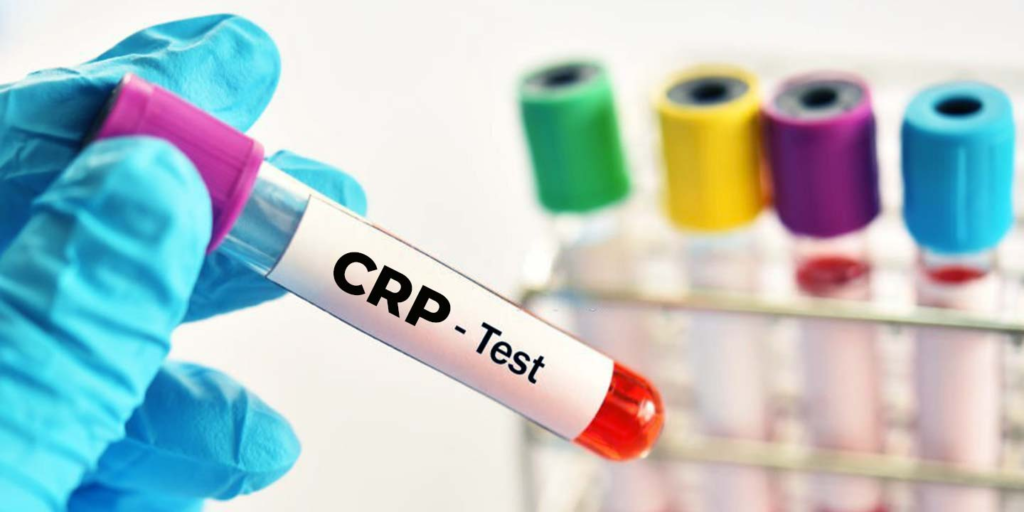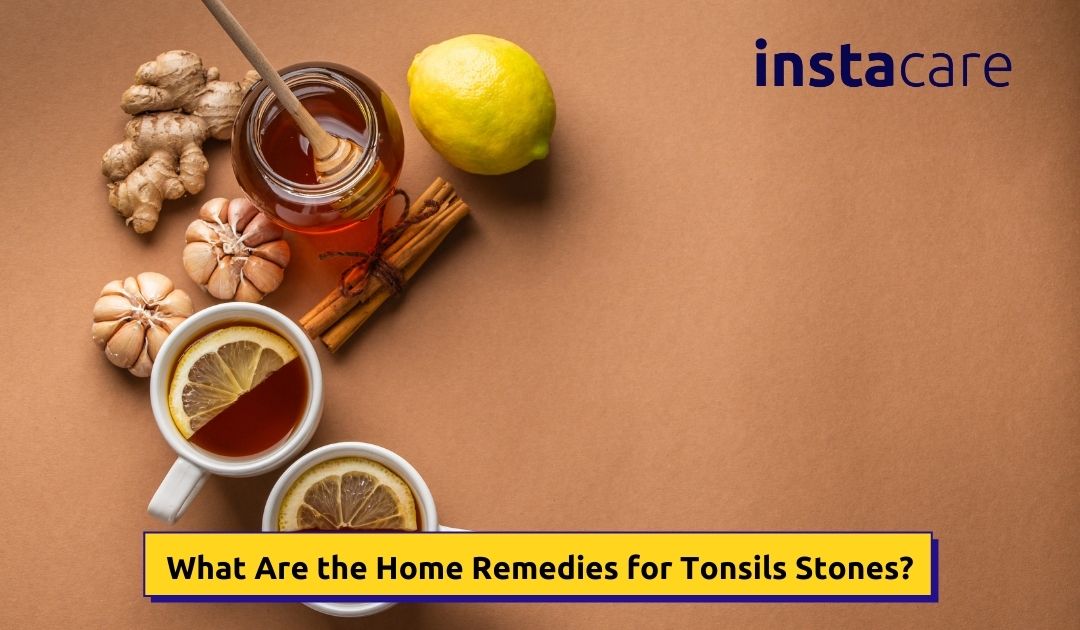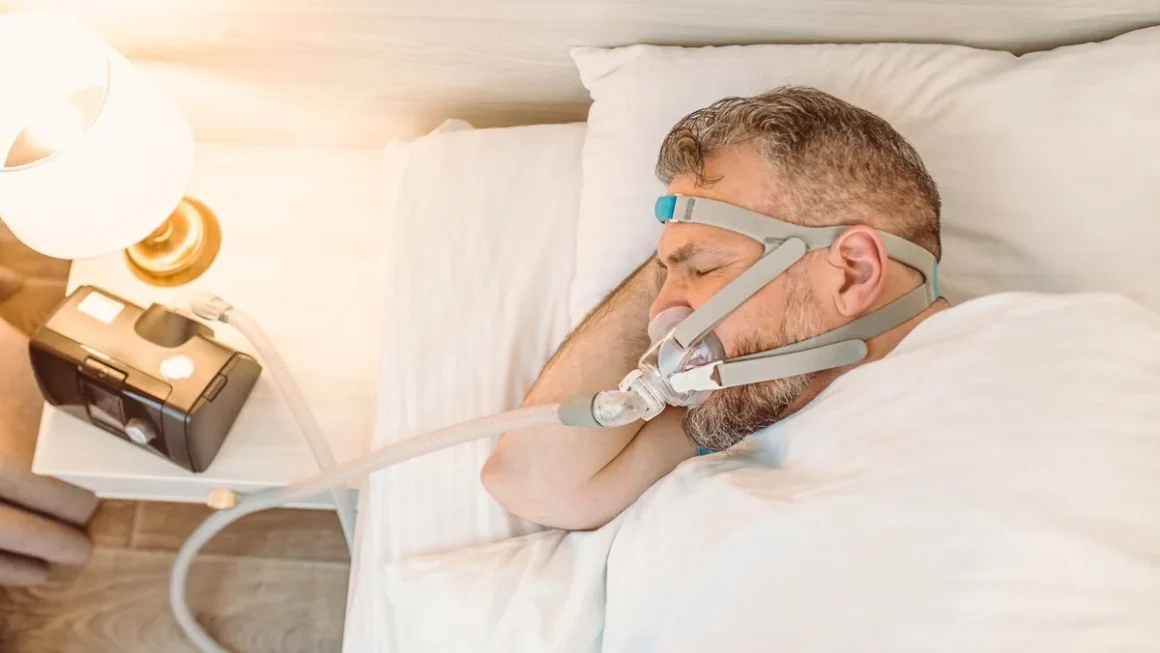Table of Contents
How Much CRP Level Is Dangerous, C-reactive protein (CRP) is a substance your liver makes when your body is inflamed. But how much CRP level is dangerous? Knowing the answer can help you understand your health better.
In healthy people, CRP levels are usually low. A CRP level less than 1.0 mg/dL is normal. But when there’s inflammation, CRP levels go up. If your CRP level is higher than 1.0 mg/dL, it might mean there’s inflammation in your body. Very high levels, like over 50 mg/dL, can be a sign of a serious infection.
What Is C-Reactive Protein (CRP)
C-reactive protein (CRP) is made by the liver. It increases when the body has inflammation. Doctors use a CRP test to check for infections or other health problems.
CRP levels are usually low in healthy people. If there is swelling or an infection, CRP levels rise. High levels might mean a person has a serious health issue, like heart disease or an infection.
Doctors check CRP levels with a simple blood test. The results help find out if there is a problem. If CRP is too high, more tests may be needed to know the cause.
Why Do CRP Levels Increase?
CRP levels can go up for many reasons. The body makes more CRP when there is swelling or damage inside.
Some common reasons for high CRP are infections, injuries, and long-term diseases. People with arthritis, diabetes, or heart problems may have higher CRP levels.
Lifestyle can also affect CRP levels. Smoking, stress, and being overweight can make CRP go up. Eating healthy and exercising may help lower it.
How Much CRP Level Is Dangerous

CRP levels are measured in milligrams per liter (mg/L). A low number is normal, but a high number can be a sign of trouble.
- Less than 1 mg/L: Low risk, normal level
- 1 to 3 mg/L: Moderate risk, possible inflammation
- More than 3 mg/L: High risk, could mean infection or disease
- Over 10 mg/L: Very high, may need immediate medical attention
If CRP is very high, a doctor should check for serious infections or diseases. High levels may also mean a higher risk of heart problems.
Understanding High-Sensitivity CRP (hs-CRP) Tests
A special test called hs-CRP measures very small CRP changes. This test helps check heart health.
Doctors use hs-CRP to find heart disease risk. A higher hs-CRP level means more chance of heart problems.
People with high hs-CRP should take care of their heart. Eating well, exercising, and not smoking can help lower CRP and protect the heart.
What Do Different CRP Levels Mean?
CRP levels can tell a lot about health. A small rise may not be serious, but a big rise could mean danger.
- Mild increase (3-10 mg/L): Could mean a cold or minor infection
- Moderate increase (10-50 mg/L): May be a bacterial infection or long-term disease
- Severe increase (over 50 mg/L): Might show a serious infection or major swelling
Doctors use these numbers to decide if treatment is needed. High CRP does not always mean disease, but it should be checked.
When Should You Worry About Your CRP Level?
Not all high CRP levels are dangerous. Sometimes, a small rise is normal.
If CRP is above 10 mg/L, doctors may look for the cause. A sudden increase could mean an infection or disease. If CRP stays high for a long time, more tests may be needed.
People with heart disease, diabetes, or other conditions should watch CRP levels. A doctor can help find out if CRP is a sign of something serious.
How Is CRP Used to Find Inflammation and Infection

Doctors use CRP tests to check for swelling and infections. This test can help find many problems.
- Infections: Bacterial or viral infections can make CRP high
- Chronic diseases: Conditions like arthritis or lupus may cause long-term CRP increases
- Heart problems: High CRP can mean a higher risk of heart disease
A doctor may order other tests to find the real cause. Treating the problem usually helps lower CRP levels.
What to Do If Your CRP Level Is High
If CRP is too high, a doctor may suggest tests or treatments. Finding the cause is important.
Doctors may check for infections, heart disease, or other problems. Medicines, diet changes, or lifestyle changes may help lower CRP.
It is important to follow the doctor’s advice. Early action can help prevent bigger health issues.
Tips to Lower Your CRP Levels
There are ways to keep CRP levels low. A healthy lifestyle can help reduce inflammation in the body.
- Eat healthy foods like fruits, vegetables, and whole grains
- Exercise regularly to keep the body strong
- Avoid smoking and too much alcohol
- Manage stress with relaxation and sleep
These simple steps can help lower CRP and improve overall health.
When to Talk to Your Doctor About CRP Levels

If CRP levels are high, it is a good idea to see a doctor. They can help find the cause and suggest what to do next.
- If CRP is above 10 mg/L, more tests may be needed
- If CRP is very high (over 50 mg/L), seek medical help quickly
- If CRP stays high for a long time, a doctor should check for health problems
A doctor can give advice on how to lower CRP and stay healthy. Keeping track of CRP levels can help prevent future health problems.
Conclusion
CRP levels help doctors understand if there is swelling or infection in the body. A small rise may not be serious, but a very high level could mean a big health problem. If CRP stays high, it is important to check with a doctor. Early care can help prevent serious issues.
Living a healthy life can help lower CRP. Eating good food, exercising, and avoiding smoking can make a difference. If you are worried about CRP levels, talk to a doctor to find the best steps for your health.
FAQs
Q: What CRP level is considered dangerous?
A: A CRP level above 10 mg/L may be a sign of infection or disease. A level over 50 mg/L could mean a serious health issue that needs quick medical help.
Q: Can stress increase CRP levels?
A: Yes, stress can cause inflammation, which may raise CRP levels. Managing stress with relaxation, sleep, and exercise can help lower CRP.
Q: How can I lower my CRP levels naturally?
A: Eating healthy foods, exercising, avoiding smoking, and reducing stress can help lower CRP levels.




